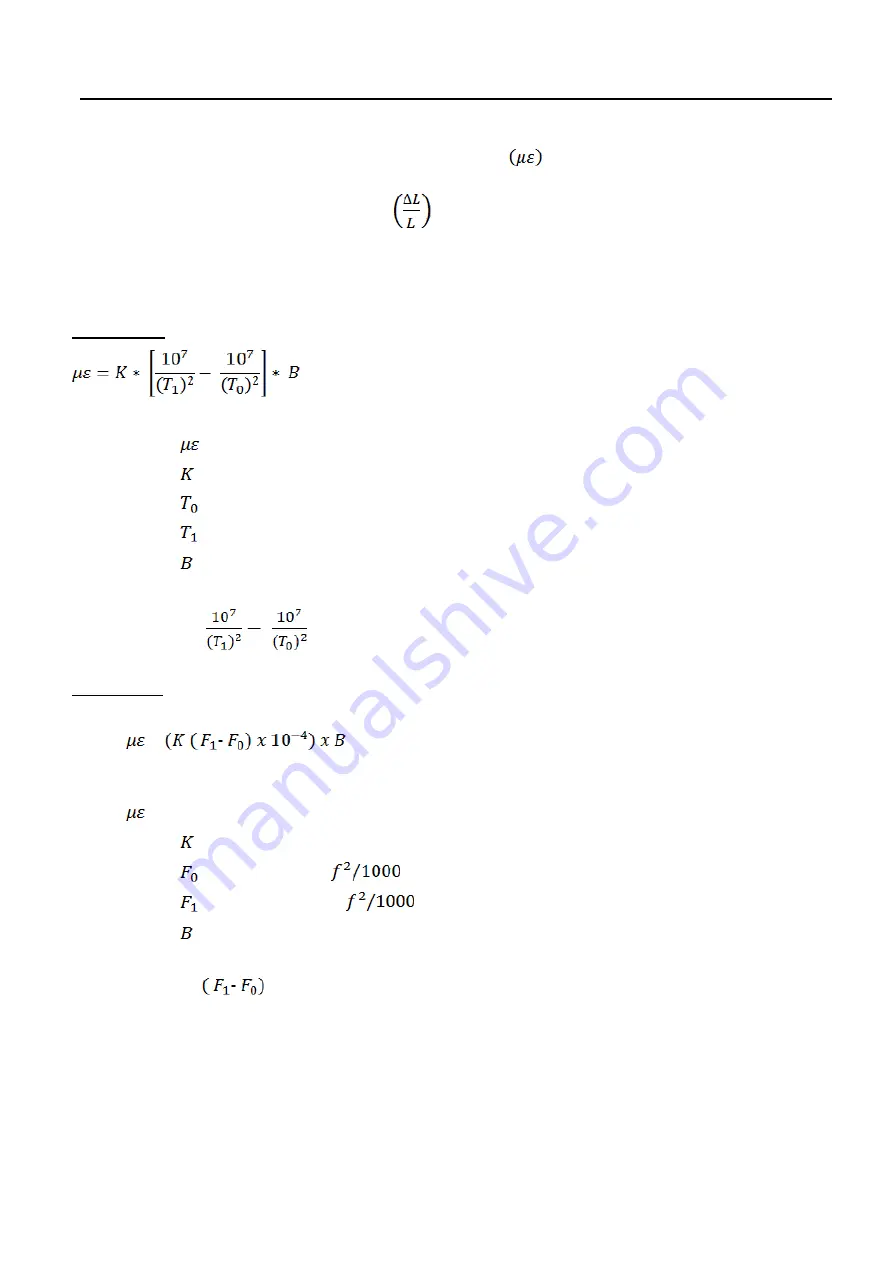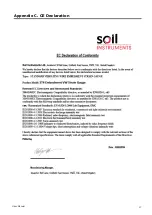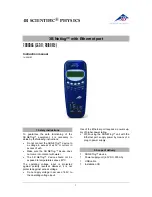
User Manual
11
Section 7 :
Data Interpretation
Data from strain gauges is generally presented in micro strain
where strain is the ratio of the change in
length per unit length:-
Practical K factor = 34080 (Gauge calibration constant)
Conversion of Period and Linear Units to micro-strain is carried out using either of the formulae detailed
below;
Period Units
Where;
= Change in strain in micro-strain
= Gauge Calibration Constant
= Base reading in Period units x 10
7
= Current reading in Period units x 10
7
= Batch Factor supplied with each gauge
Please note: when
is positive the resultant strain is tensile.
Linear Units
=
Where
= Change in micro-strain
= Gauge Calibration Constant
= Base reading in
units
= Current reading in
units
= Batch Factor supplied with each gauge
Please note: when
is positive the resultant strain is tensile.
The calculation of Load in a member using data from strain gauges is often complex. The fundamental
problem is determining the composite Young Modulus (E) of the member, since it is often difficult to accurately
determine the properties of the in-situ materials.
Once a Young Modulus is calculated, the following equations can be used to calculate the loading on the
structural member at the location of the Strain Gauge.
Summary of Contents for 1030
Page 17: ...User Manual 17 Appendix C CE Declaration ...
Page 18: ...User Manual 18 ...
Page 19: ...User Manual 19 ...






































